If you’re looking at the Velotric Summit 1 and thinking, “That looks like an eMTB,” you’re not entirely wrong—but you’re not quite right either. Sure, it’s got the rugged looks: beefy tires, front suspension, and a frame that says it’s ready to hit the trail. But under the hood, this bike blends adventure capability with real-world versatility in a way that’s got us calling it an “SUV e-bike.”
Velotric built the Summit 1 for riders who want a bike that can haul gear, tackle dirt or gravel, and still feel at home on backroads or around town. It’s got power where it counts, a thoughtful mix of tech, and geometry that keeps things relaxed and comfortable for long days in the saddle. Whether you’re planning a weekend adventure or just want a capable machine for whatever life throws your way, the Summit 1 promises a lot.
We put it through its paces—hauling loads, testing its range, and seeing how it handles a mix of terrain—and found a bike that’s more than the sum of its parts. Stick around, and we’ll dig into what makes this hybrid hardtail stand out, where it shines, and where it might fall short.
My Experience Riding The Velotric Summit 1 E-Bike
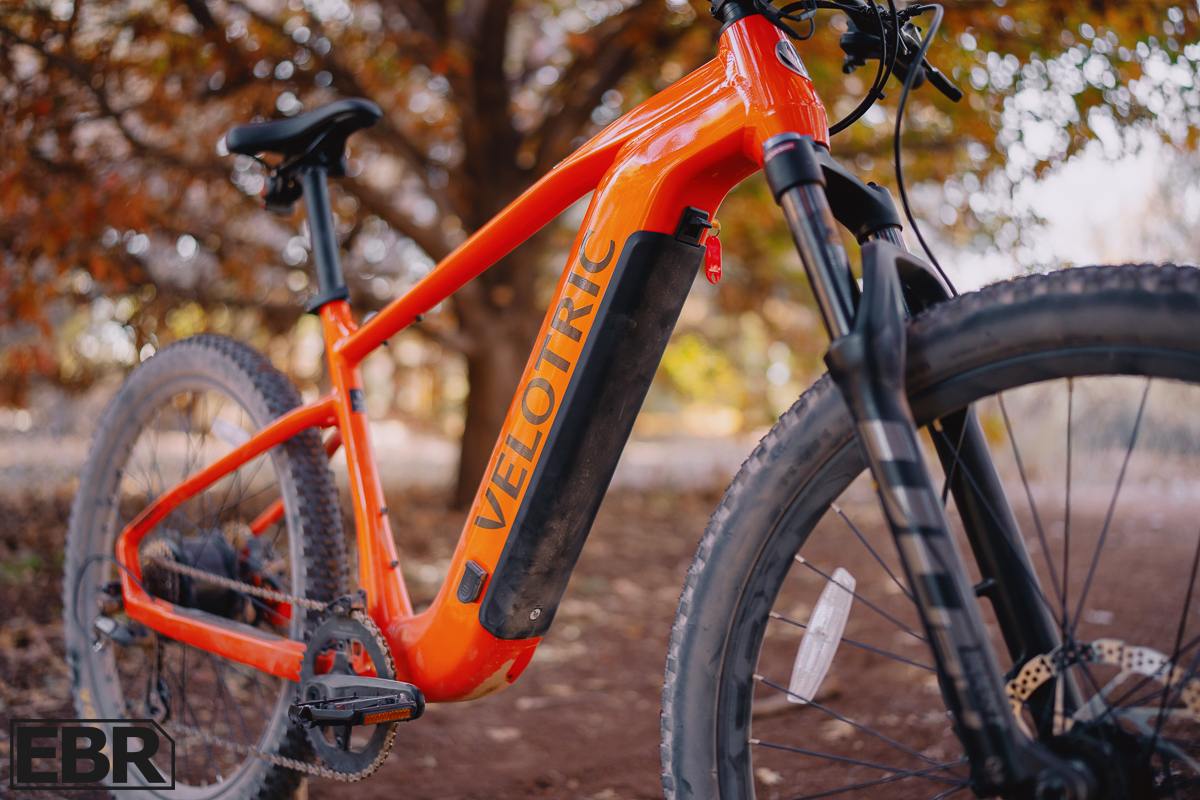
When I first hopped on the Velotric Summit 1, I couldn’t help but admire its sleek, no-nonsense design. The aluminum frame has a nice balance of clean lines and sharp details, with colors that pop without being over the top. The slacked-out front end, laid-back seat post, and overall geometry made it clear this bike leans into comfort—until you take it to some super-techy singletrack, but more on that in a bit.
At 5’11” and 180 pounds, I found the size of the Large frame fit felt great. The wide 760mm flat MTB bars were a solid choice for giving a confident feel with a more open arm stance. The riding position feels relaxed, thanks to what I measured as a 70-degree seat tube angle and a slacked-out 64-65 degree head tube angle. Velotric doesn’t publish these numbers, so my measurements might not be spot-on, but they’re close enough to get a sense of how the bike rides. The chainstays are around 470mm, which adds to that stable, grounded feel—perfect for certain types of riding but not as much when pedaling uphill as your legs are pushing a bit more forward rather than straight down.
Around town, the Summit 1 is a blast. The throttle is a bit relaxed off the line but quickly ramps up, and the pedal assist has plenty of juice, hitting up to 31 mph, which technically makes the bike unclassified. Hopefully, Velotric addresses that in a future update as in some places that might be prohibited. The lighting system is another nice (and practical) touch. The headlight can automatically sense ambient light and turn on or off accordingly, though you can switch it to manual control if that’s more your style. The rear light is a step above the usual, with three modes, including steady-on, constant flashing, and flashing with enhanced braking illumination. These everyday commuter touches make a difference, especially since I’m usually buying aftermarket clip-on lights for my commuter bikes. It’s nice to see them built into the bike.
When it comes to singletrack, the Summit 1 can hang, but it’s not its strong suit – but thats by design.
The bike feels capable enough with its 27.5×2.6 Kenda MTB tires, 120mm suspension fork, and flat MTB bars, but it’s held back by the rear hub motor. That extra weight at the back creates an off-balance feel on drops and jumps, and the elongated wheelbase and slack head tube angle limit its nimbleness on tight or technical trails. The motor also has a slight overrun, delivering power for about a second after you stop pedaling. It’s not a deal-breaker, but it can give an unwanted pucker-factor when sessioning tricky sections.
There are a few other things to keep in mind on techy (or super chunky) trails.
Something like a Microshift Advent 1×10 or at least a clutched derailleur would’ve been a nice upgrade, especially given the bike’s off-road potential. The current Shimano Altus drivetrain has a bit of offroad chatter. I was able to mitigate some noise off road by removing the kickstand, which also helped with any potential clearance issues. On the plus side, the throttle is removable, which is a great option for trail local trail law compliance or when you just want more control in technical areas.
That said, this bike feels more at home on two-track and gravel rides. The relaxed geometry and tires soak up bumps, making it a smooth ride. With five mounting points—three in the frame triangle and mounts on the front and rear for racks or fenders—it’s easy to set up for bikepacking or commuting. The 440-pound payload capacity is impressive, and I can see this bike being a solid choice for backcountry nomads.
The brakes deserve a quick mention too. The Shimano MT200 hydraulic discs with 180mm rotors are reliable and consistent, which is what you need on a bike of this size and weight. All in all, Shimano MT200’s are a proven workhorse with a solid reputation for good reason once again, you’ve got plenty of stopping power when you need it.
Bottom line? The Summit 1’s a solid daily driver that can equally handle your weekend warrior’ing (is that even a word?). It’s not trying to be your enduro rig, and that’s fine. It’s built for the rider who wants one bike for cruising the city, exploring fire roads and gravel tracks, and maybe sending the occasional flowy trail. Just keep the gnar factor in check, and you’ll appreciate how well this bike can do a little of whatever adventure your day seeks.
Range
Estimated Range (from Velotric):
Real World Range Test Results:
- MIN PAS: 73 Miles
- MAX PAS: 36 miles
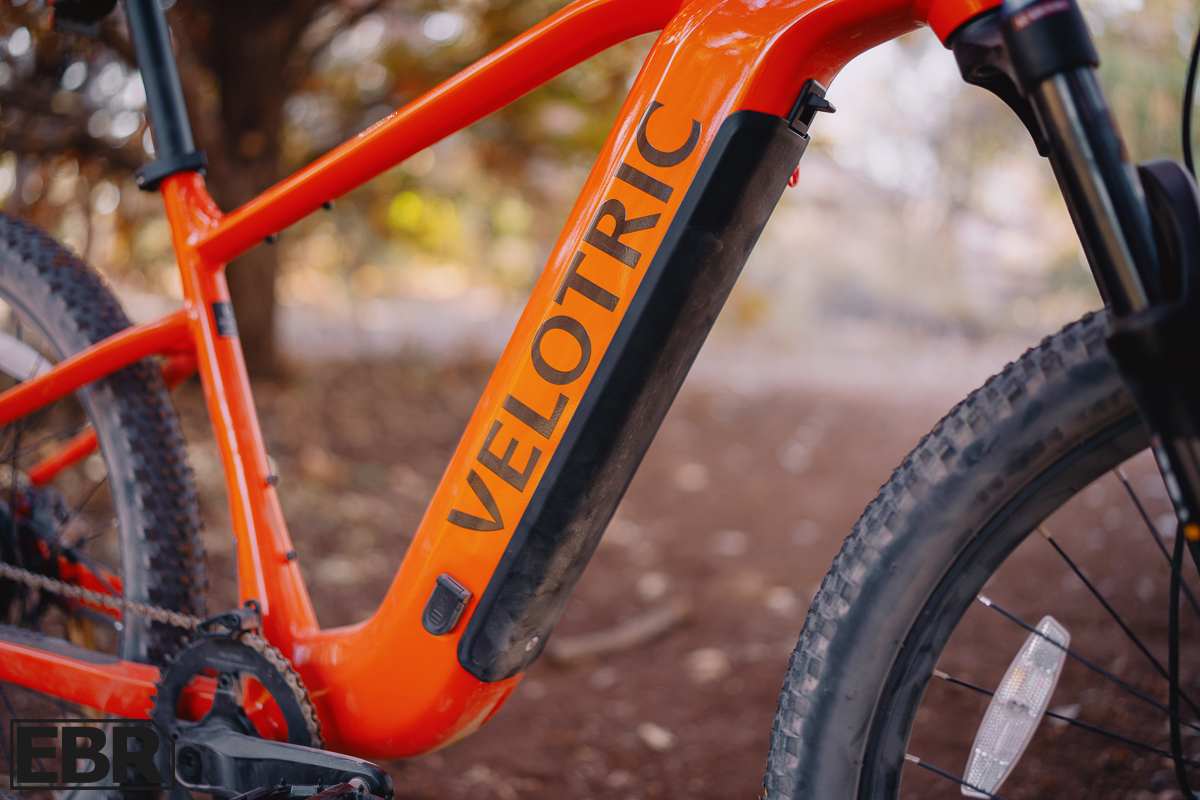
Velotric claims the Summit 1 can hit up to 70 miles on a single charge, and to their credit, they’re pretty upfront about how they get that number—something not all brands are willing to share. Their estimate is based on a 187-pound rider cruising flat roads in PAS 1 (Eco mode). That kind of transparency is a win because it sets realistic expectations, especially for riders who might weigh more, deal with hills, or lean on higher assist levels.
To see how it holds up, I ran two range tests. In the first test, using the lowest assist setting (PAS 1), I managed 73 miles, slightly beating Velotric’s claim. On the other end of the spectrum, cranking it to PAS 5 for max power and speed, I pulled 36 miles before it tapped out.
So what does this mean for you? If you’re sticking to lower assist modes, riding flatter terrain, or just taking it easy, the Summit 1 can comfortably deliver on those 70-mile promises. But if you’re riding hard, pushing Class 3 speeds, or hauling gear, expect closer to 35–40 miles. That’s still a pretty solid range for a bike with this much power and utility.
The best part is Velotric’s honesty. A lot of brands throw out range numbers without context, which leaves riders scratching their heads when their results don’t line up. Velotric keeps it real, and that’s better for everyone. At the end of the day, the Summit 1 has a range that works for most riders—whether you’re commuting, exploring, or whatever you choose in between.
Power (Motor & Battery)
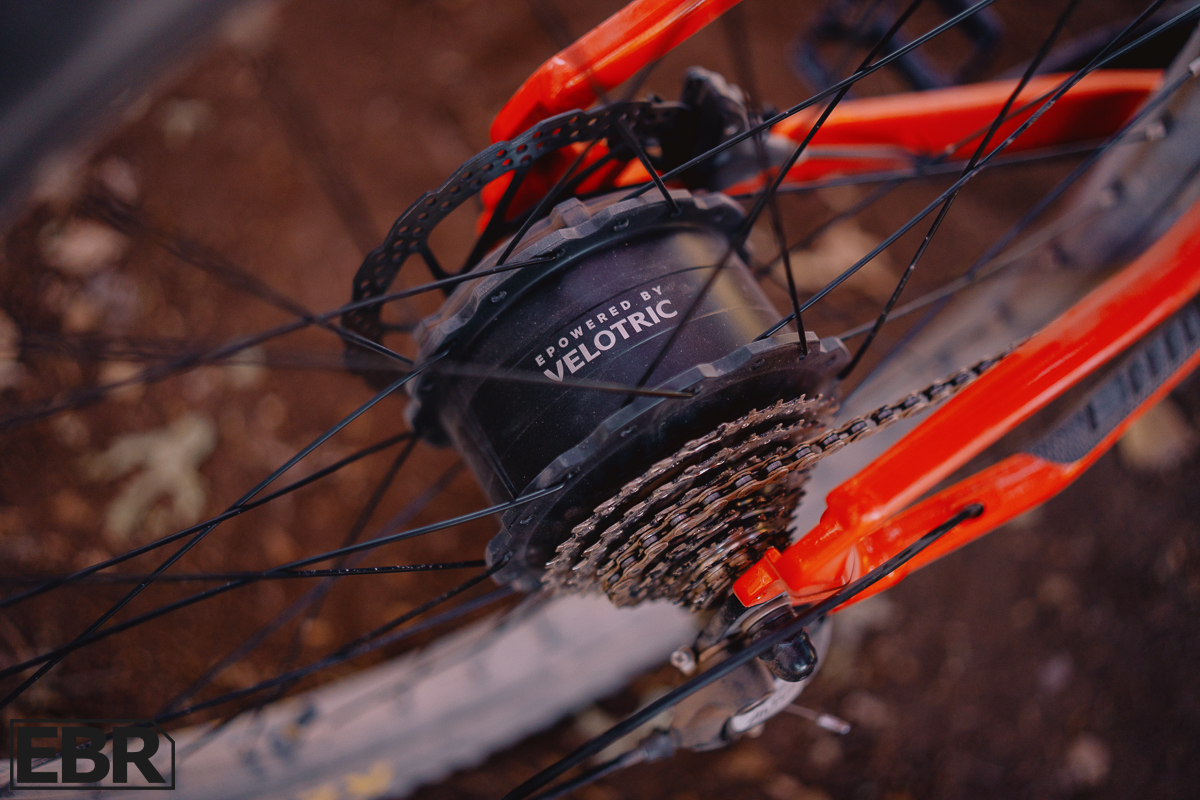
The Velotric Summit 1 is powered by a 750W rear hub motor delivering a hefty 90Nm of torque, which is plenty for tackling climbs, hauling gear, or hitting that top-end speed. As a Class 3 e-bike, it’ll cruise up to 28 mph with pedal assist, and it also comes with a removable throttle. That last part is worth noting—if your local laws or trails ban throttles, you can simply take it off and keep riding where other e-bikes might get turned away. More access equals more adventure.
Velotric gives you a lot of control over the power delivery, too. There are three drive modes—Eco, Trail, and Boost—each progressively stronger depending on how much help you want from the motor. Within each mode, you still get the typical five levels of assist, so you can fine-tune the output to match your ride. Want to squeeze every mile out of the battery? Eco 1’s got you covered. Need full juice to conquer a hill or blast through a headwind? Boost 5 is ready to go.
Plus, one of my favorite features is the ability to toggle between cadence and torque sensing right from the display or the Velotric app. Cadence sensing is more relaxed and forgiving, while torque sensing delivers a more responsive, natural ride. It’s a cool bit of flexibility that lets you tweak how the bike feels depending on what kind of ride you’re after.
Feeding the motor is a 705.6Wh battery (48V, 14.7Ah) that’s UL 2271 certified, which is reassuring as more riders are paying attention to battery safety these days. The integration is clean and sleek, tucked into the frame without looking bulky or out of place.
While rear hub motors don’t have the low-speed climbing finesse of mid-drives, the Summit 1 feels well-tuned and smooth. Power delivery is predictable and doesn’t hit you with any awkward surges or lag, which can sometimes be a problem on budget systems.
All in all, Velotric has nailed the balance here—strong power, solid range, and the flexibility to ride how and where you want. Whether you’re saving battery in Eco, blasting in Boost, or pulling the throttle, or using the cruise control feature for a breather, the Summit 1’s power system delivers what you need without overcomplicating things.
Components
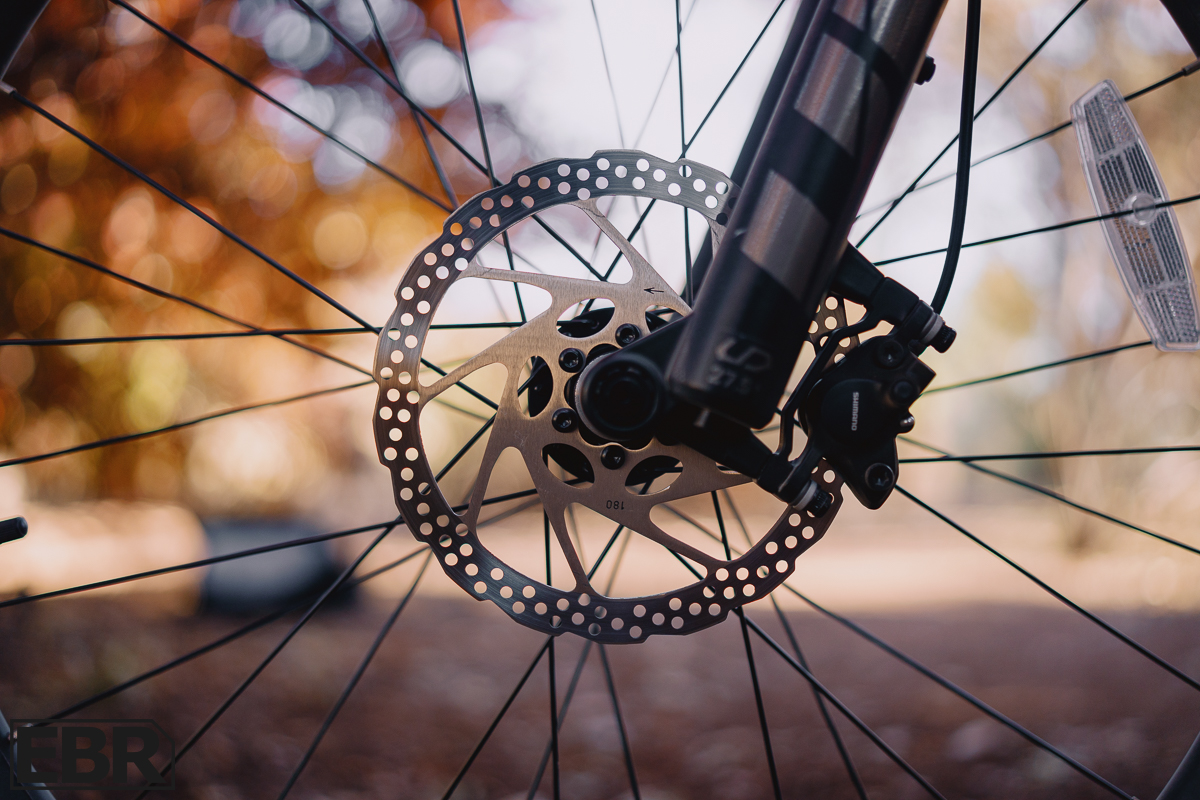
Let’s break down what you’re getting with the Summit 1. The frame’s triple-butted alloy with boost spacing – solid choice for the intended use case. The boost thru-axle upfront give you the little extra stiffness you want when you’re loaded up to that 440-pound capacity. Up front, you’ve got 120mm of travel from a coil fork running 34mm stanchions. Not exactly Pike territory, but the 15×110 spacing keeps things tracking straight, and the lockout’s there when you need it for those long road sections.
Drivetrain-wise, we’re looking at Shimano’s entry-level workhorse, the Altus series groupset. It’s an 8-speed setup with a 11-34t cassette paired to a 44T chainring. You might find yourself wanting a bit more range when you’re fully loaded on steeper climbs, but for general riding, it hits the sweet spot of reliability and function. Sure, it’s not breaking any boundaries, but it’s essentially bombproof and replacement parts are everywhere, plus its relatively cheap if you wanted to upgrade yourself down the line.
Brakes are MT200/201s with 180mm rotors – another one of Shimano’s entry-level setups that just work. You’ve got 2-Piston calipers with 180mm rotors that have a 1.8mm thickness, its reliable and proven setup that just works, every time.
The Summit 1’s wheelset are made by Novatec in their t30 Trail series alloys, wrapped in 27.5×2.6 Kenda rubber with a true MTB tread pattern. It’s a setup that’ll handle everything from city streets to B-lines without complaint. The wider casings give you decent cushion and grip without feeling sluggish on the hardpack. Plus, I found airing down to about 21-22 PSI on rougher terrain did a great job of compensating for the lack of a rear shock.
The cockpit’s dialed with a fixed stubby stem and MTB-style wide flat handlebar – 760mm on the regular, 780mm if you’re running the large frame like I had for testing. Stock lock-on grips and the Velotric branded comfort saddle get the job done. Props for including actual metal pedals instead of those cheap composite ones everyone immediately tosses.
Weight-wise, you’re looking at 64 pounds ready to roll, with about 9.5 of that being the removable battery. Not exactly weight weenie territory, but it’s in line with other bikes in this category and fits the theme of a heavy payload adventure bike.
Bottomline, the Summit 1’s spec sheet isn’t trying to compete with your buddy’s $10K custom titanium build, but everything works together nicely. The part choices show someone was thinking about real-world use – serviceability, durability, and function over flash. For the price point, it’s a solid build that prioritizes reliability over marketing hype.
Screen / User Interface / App
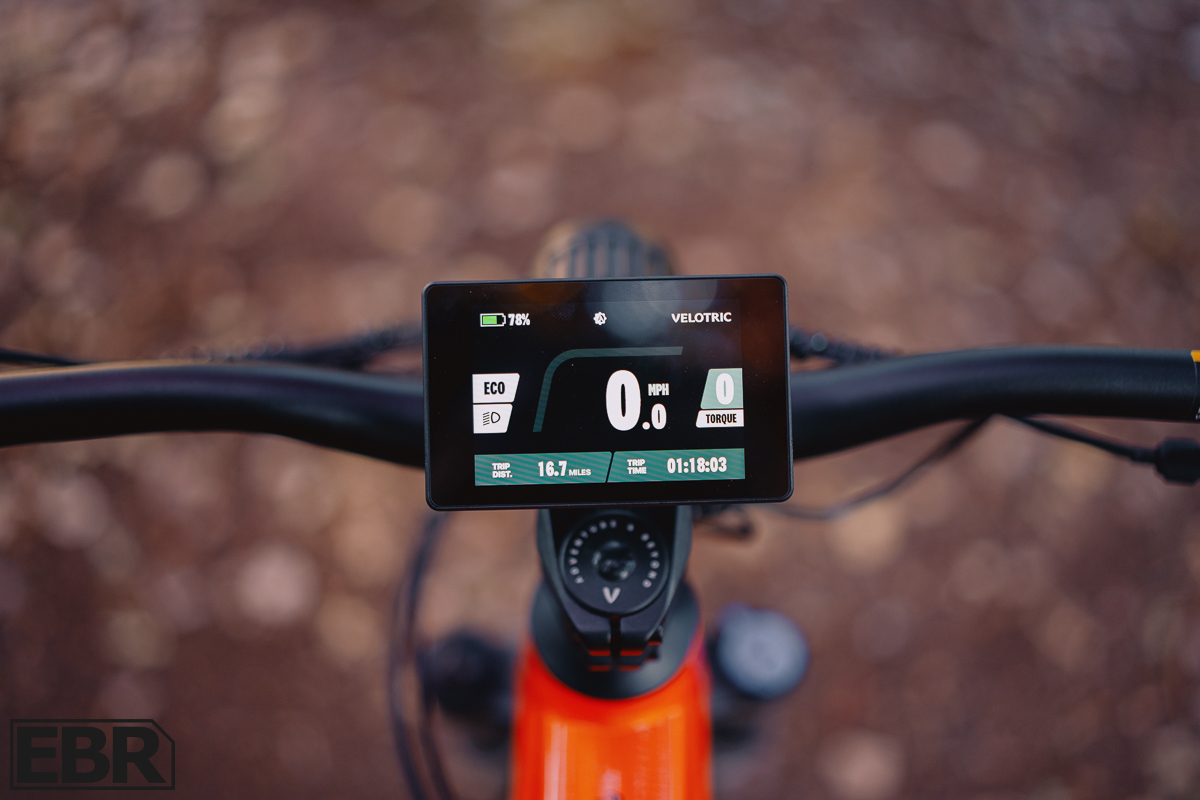
The Velotric Summit 1’s 2.8-inch full-color display is a solid addition, offering great contrast and easy readability, even in bright light. It’s IPX6 rated, so you don’t have to stress about rain, and the built-in USB charging port is a practical bonus for powering your devices on the go. It shows all the essentials: speed, battery level, PAS mode and level, ride time, and odometer—nothing flashy, just what you need.
The app adds even more functionality with ride tracking, swapping between cadence or torque sensor, OTA updates, and some deeper customization options. Updates keep your bike’s firmware current, and ride tracking is handy for anyone who likes to keep tabs on their routes. You can also dive into the display’s advanced menu (hold the menu button for 3 seconds) to adjust things like speed limits, brightness, or auto-off timers—useful for tailoring the bike to your preferences.
Velotric Summit 1 Model Options
In terms of sizing, you’ve got two frame sizes to work with: Regular covers riders 5’1″ to 5’10”, Large handles 5’8″ to 6’6″. That overlap from 5’8″ to 5’10” is actually pretty smart – gives you some wiggle room if you’re like many others who fall in the middle of two sizes.
Colorways are pretty straightforward: Sunrise Orange, Space Black, and Royal Blue. Paint quality is really nice with the blue and black versions having metallic flakes.
For mounting options, you’re working with a pretty standard setup: five points total, with spots for fenders front and rear, rack mounts out back, and three bosses in the triangle. Nice to see they didn’t skimp here – means you can run a proper rack setup for touring or commuting without having to get creative with clamps or DIY straps.
Velotric’s accessory lineup has things like a MIK HD rack rated for 66 lbs, a suspension seat post if you want extra cush, and the usual suspects like phone mounts and mirrors.
The warranty’s industry standard at 2 years on the frame and major components. Not exceptional, but not stingy either. Just make sure to register it and keep your paperwork in order.
Is The Velotric Summit 1 Worth Buying?
Here’s the bottom line on the Summit 1: it’s a Swiss Army knife of an e-bike that strikes a sweet spot between capability and cost. The 120mm fork and slack geo make it a comfortable daily driver that can handle some weekend warrioring, but let’s be clear about what this bike is and isn’t.
This isn’t your dedicated eMTB for sending blacks at the bike park. But for flow trails, gravel grinding, and exploring forest service roads? That’s where this thing feels at home. Think of it as more of an adventure commuter than a pure trail bike – capable enough to have fun on single track but really built for versatility.
Pros:
- Versatility is the name of the game here – handles both commuter duties and adventure riding without breaking a sweat.
- Beefy 440lb payload capacity makes it solid for bigger riders or rigged up touring rides.
- Well-thought-out mounting points: 5 total bosses for racks, fenders, and accessories let you kit it out however you need
- Proper 120mm fork with boost spacing keeps the front end tracking true when things get rough
- Punchy 750W rear hub motor (peaks at 1300W) with 90Nm of torque has plenty of grunt for steep climbs
- Shimano MT200 hydraulic disc brakes with 180mm rotors provide reliable stopping power for the bike’s weight class
- Those 27.5 x 2.6 Kendas hit a sweet spot for mixed terrain, plus they’ll run at lower pressures (around 20 PSI) to help smooth out the hardtail ride
Cons:
- PAS speed tops out at 31.5 mph – needs a firmware update to bring it back to class 3 compliance (28 mph)
- The entry level drivetrain has some chatter on rougher trails, an economical bump to a MicroShift Advent X or similar would be easy on the wallet and improve offroad performance.
For under two grand, you’re getting a lot of bike here. Most rides in this price range either skimp on the adventure-ready features or jack up the price for true off-road capability. The Summit 1 threads that needle pretty well, though it’s not without its quirks. That speed cap needs addressing – hitting 31 mph puts it outside class 3 territory, which could be an issue depending on your local regs. And yeah, that drivetrain could use a clutch to quiet things down when you’re off the pavement.
Who’s this bike for? If you’re looking for one bike to handle commuting duties and weekend adventures without breaking the bank, it’s worth a serious look. Just keep the gnar factor in check, and you’ll be stoked with what this bike can do.

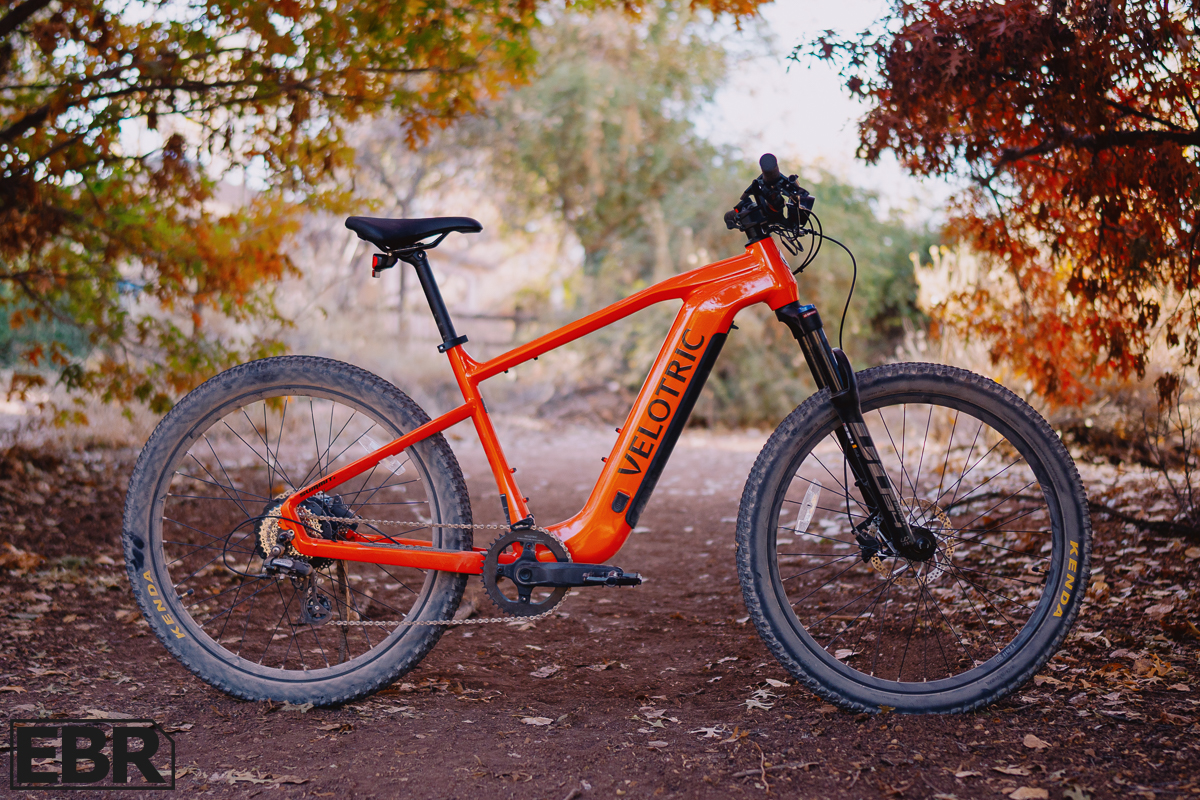
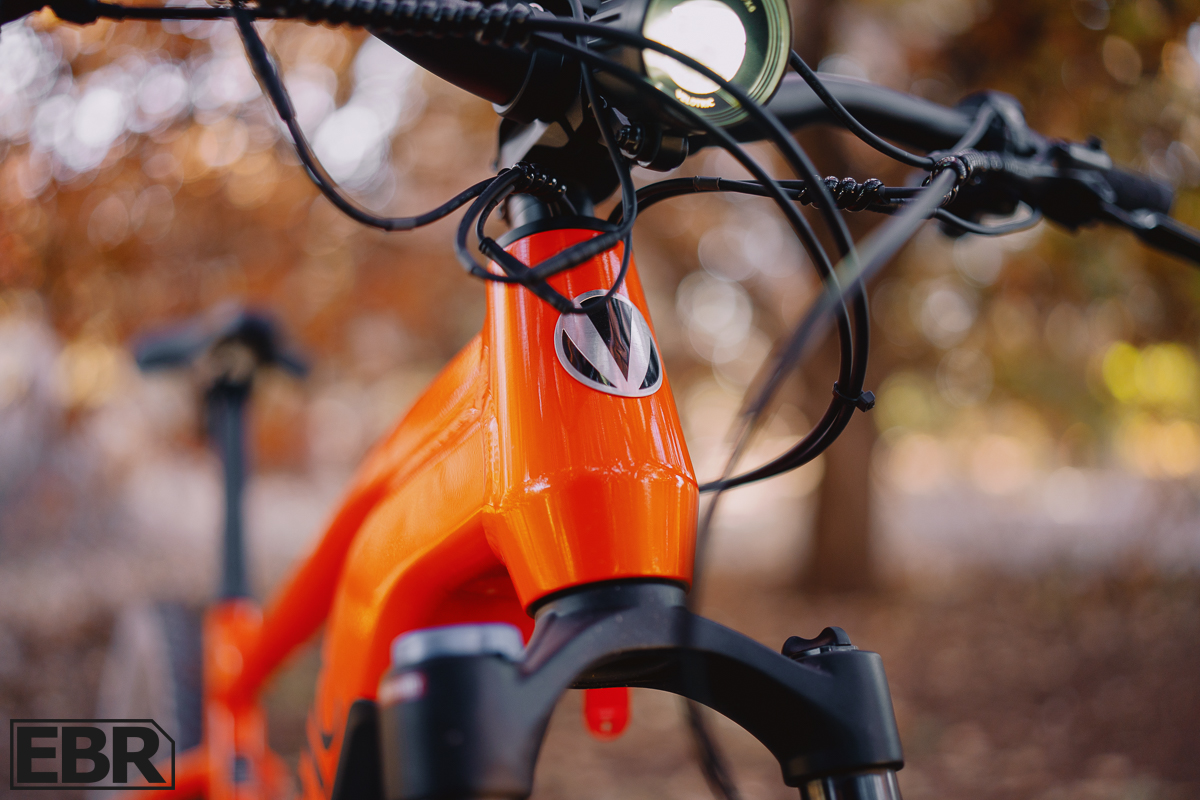
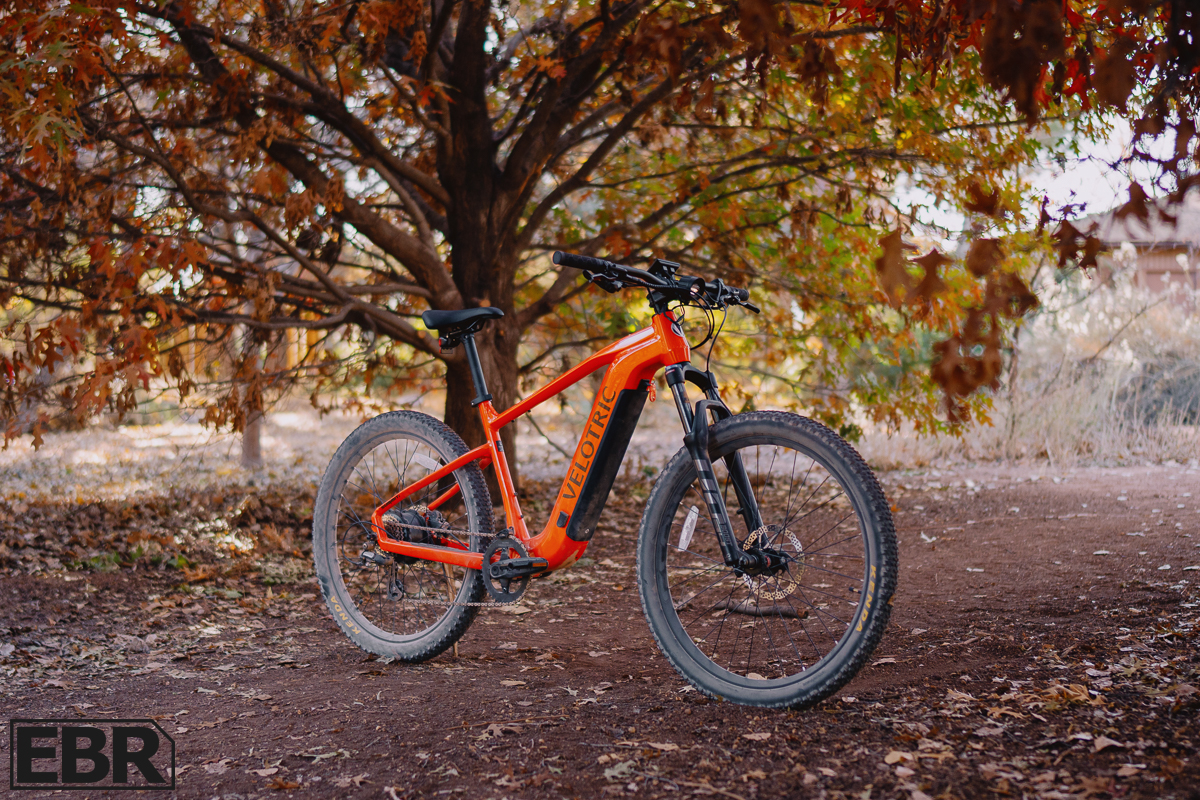
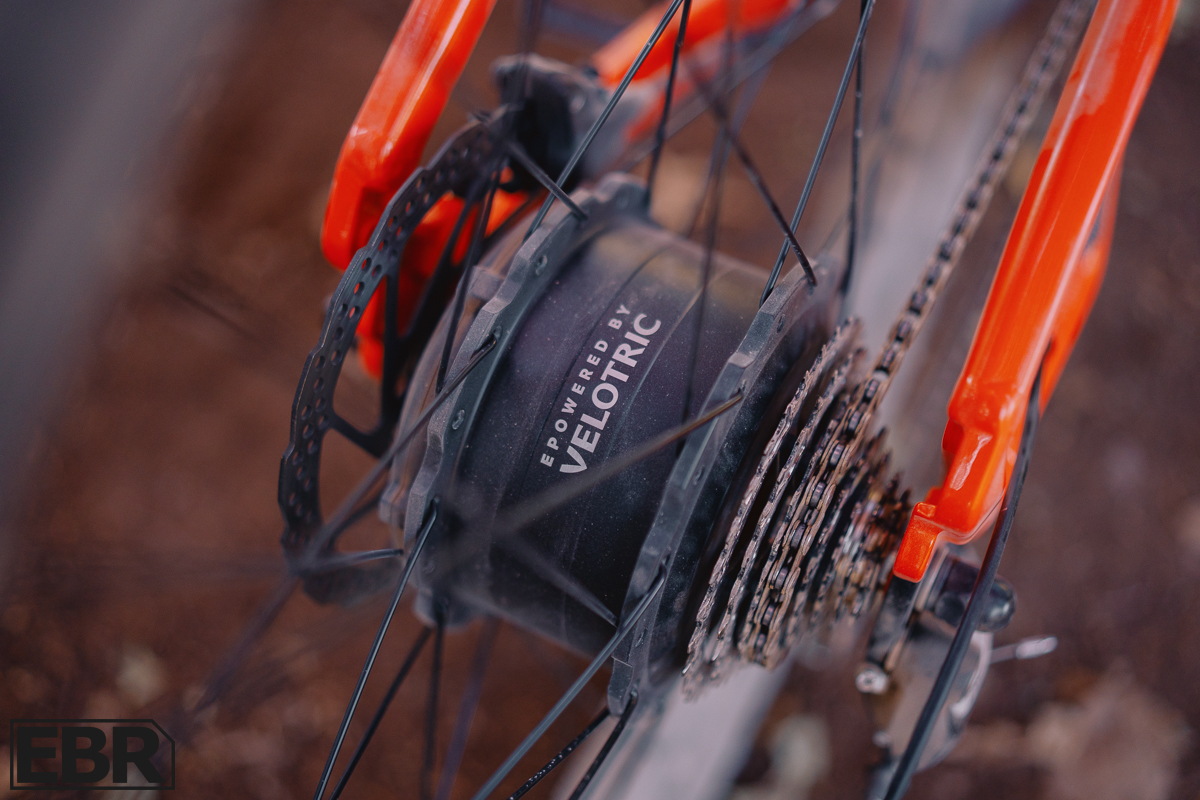
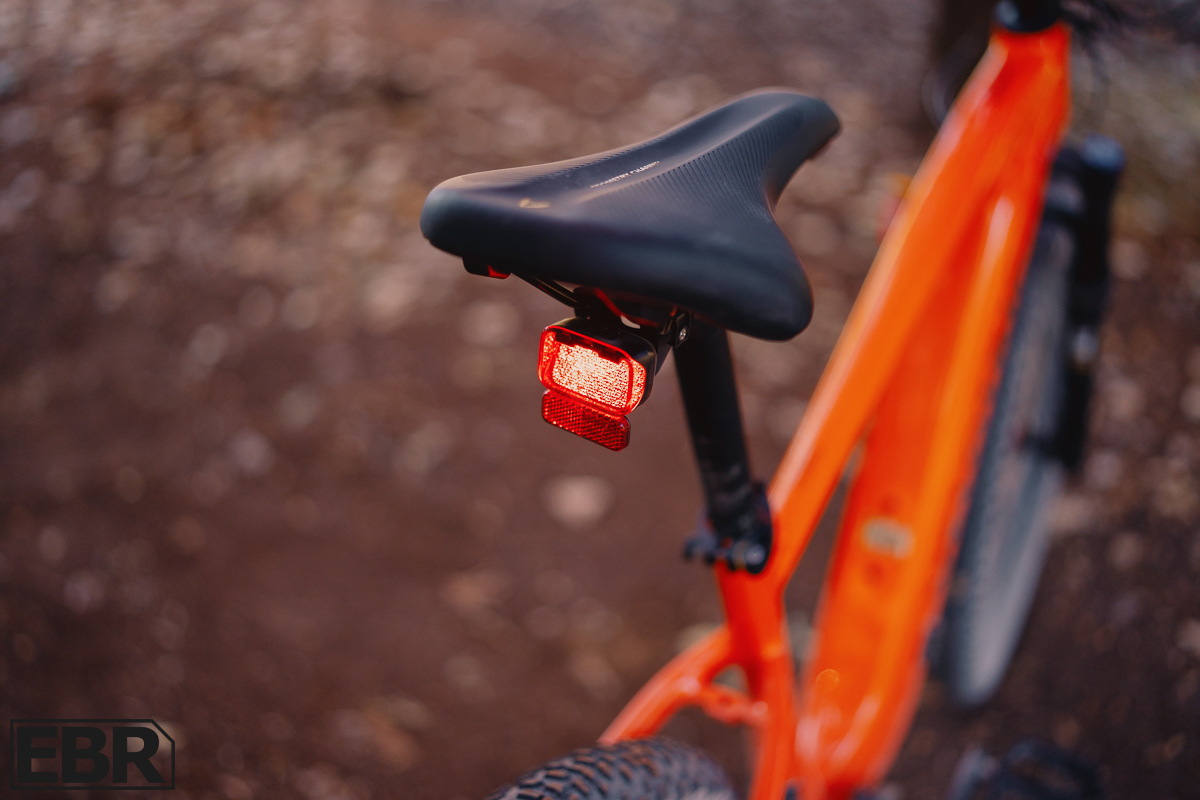
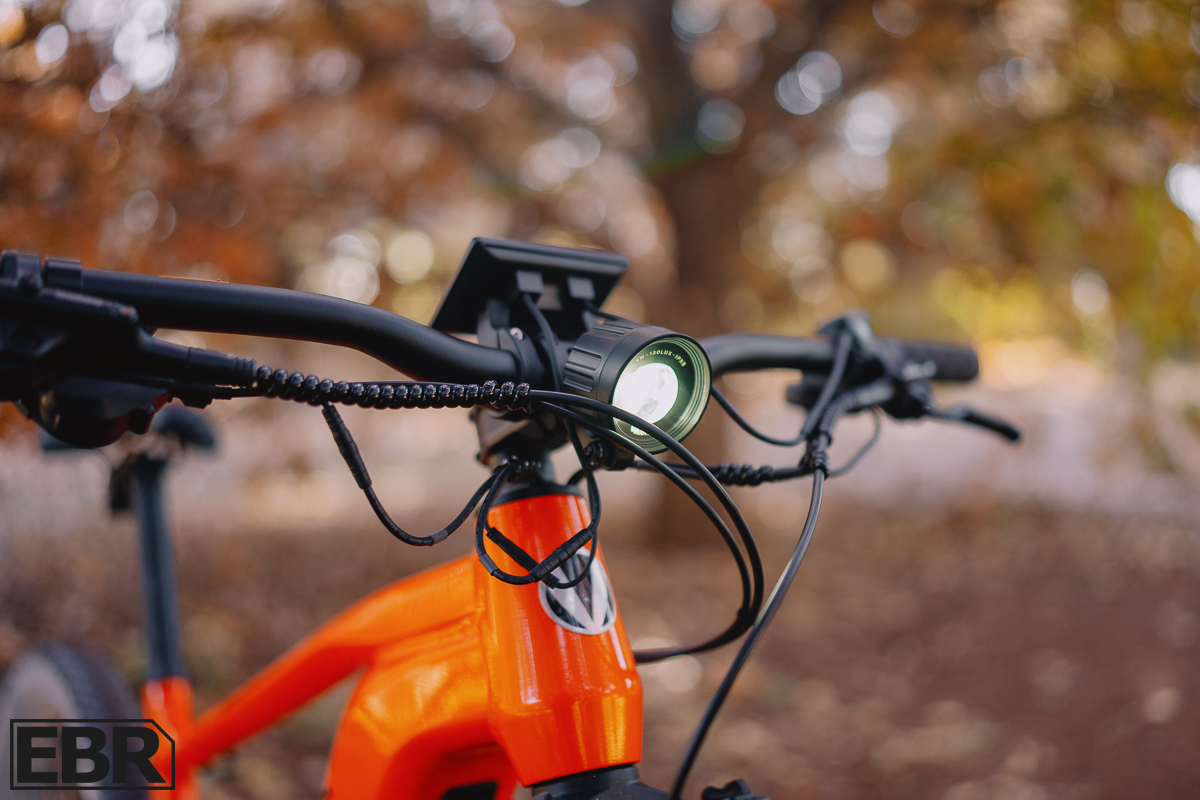
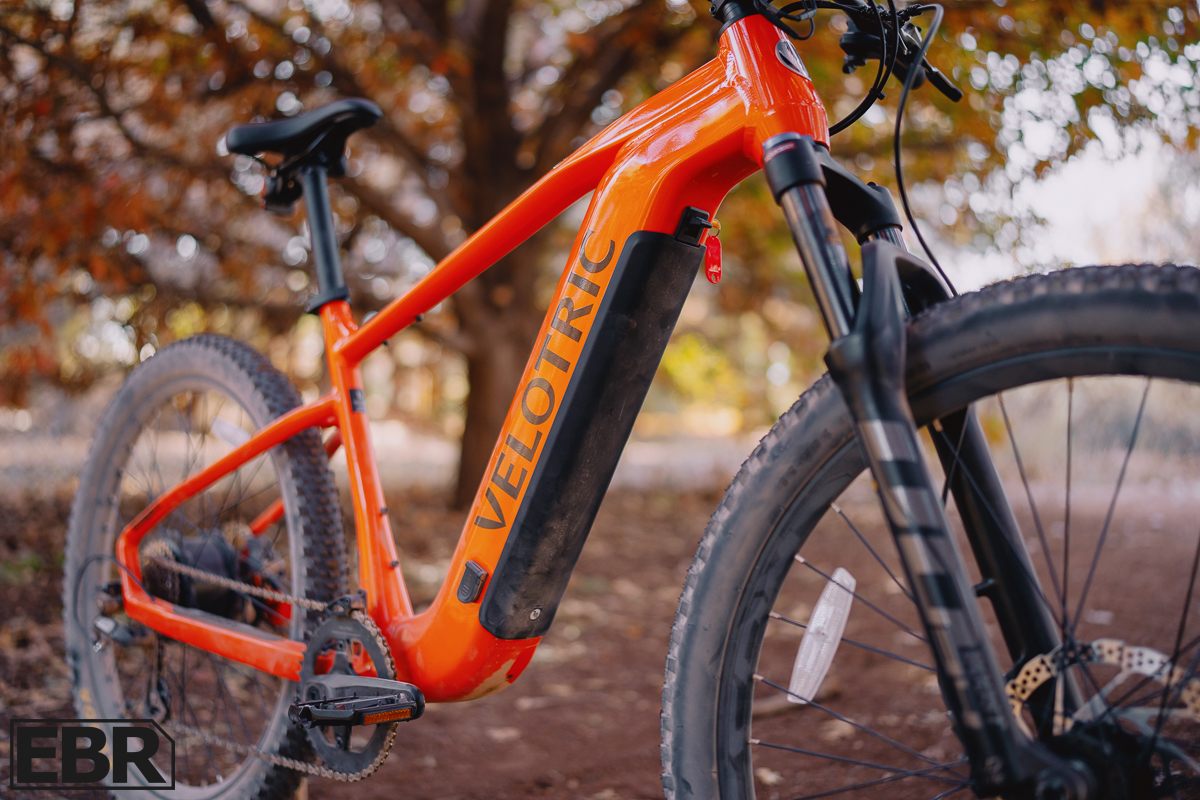
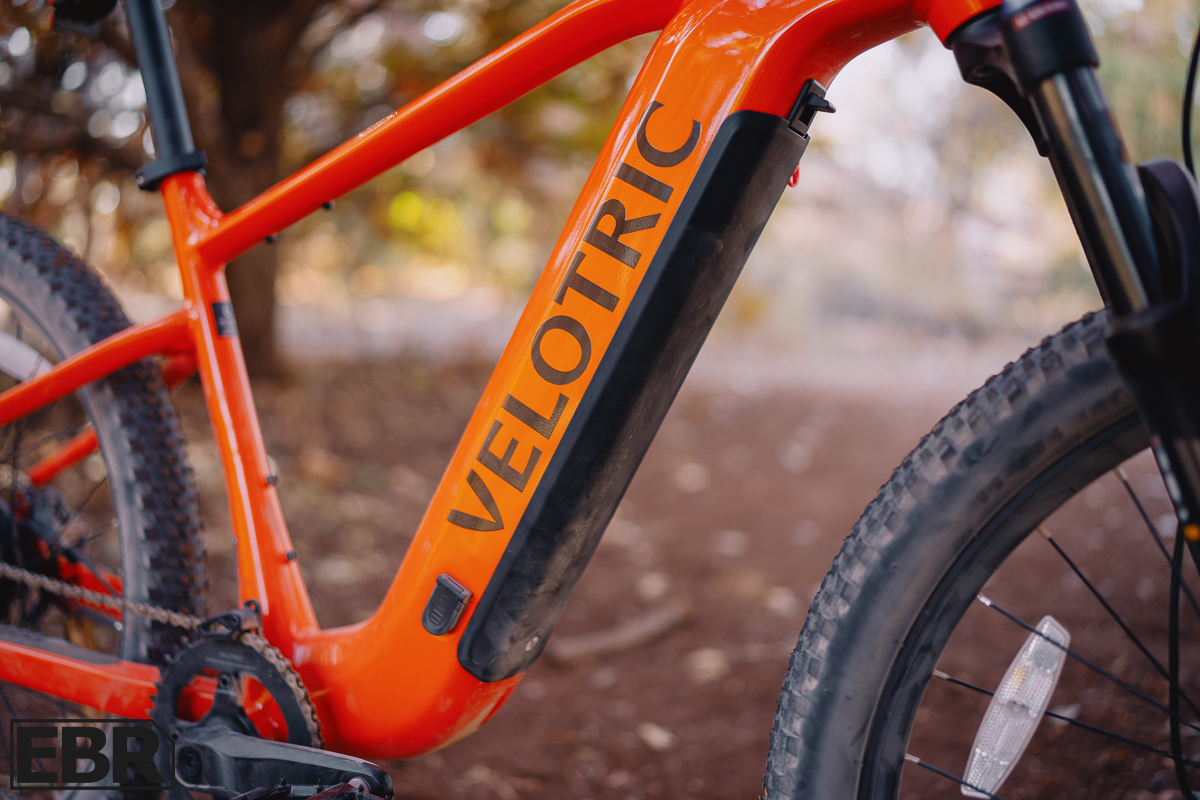
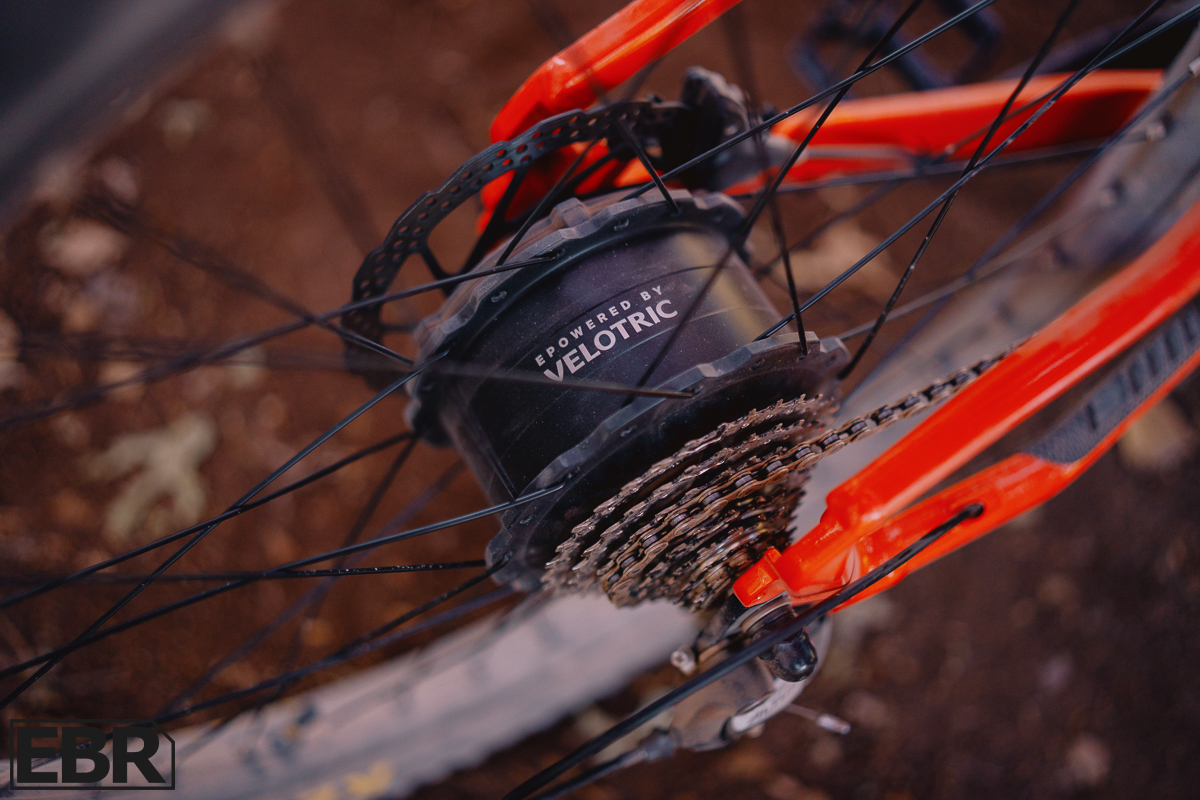
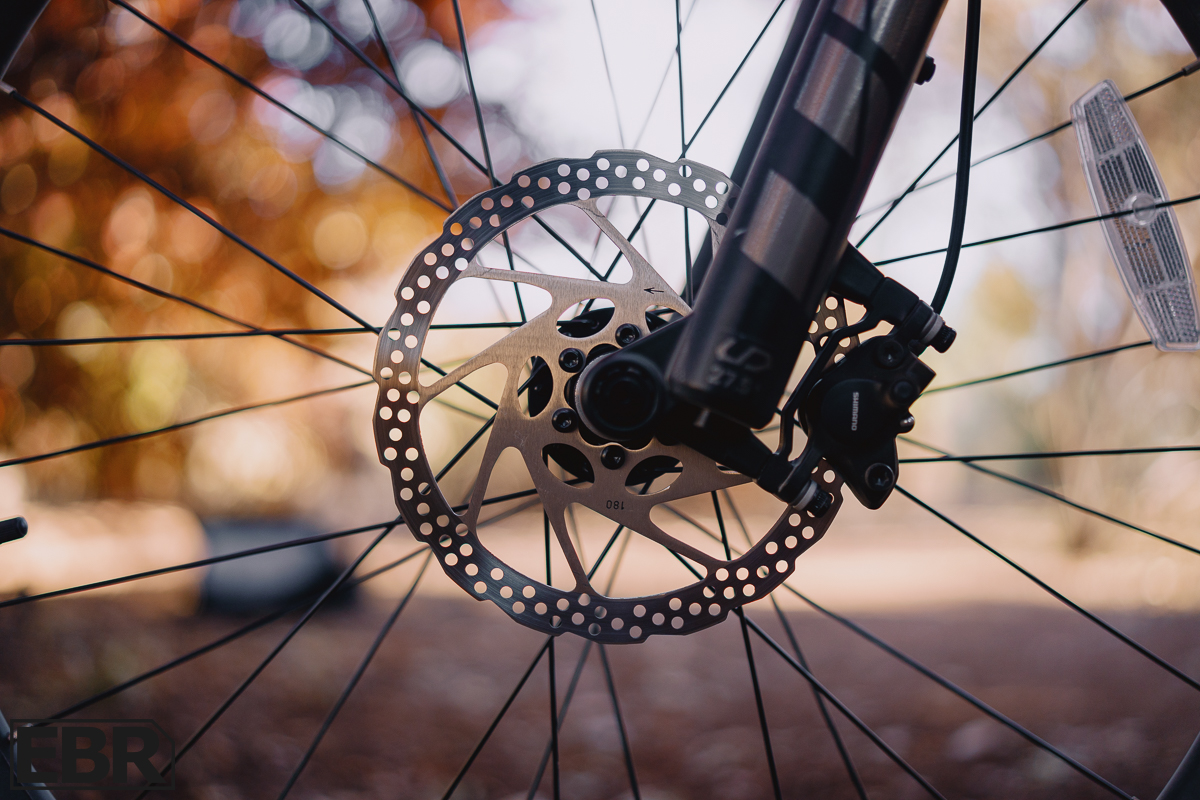
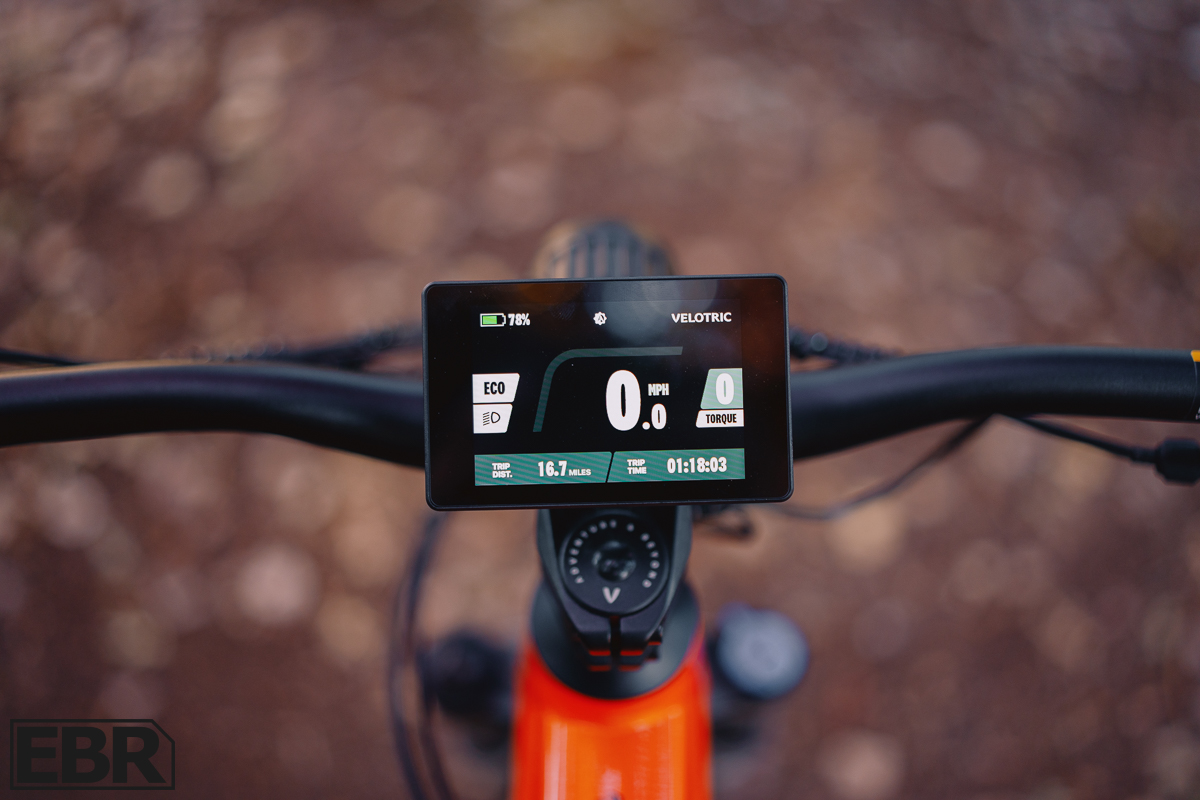

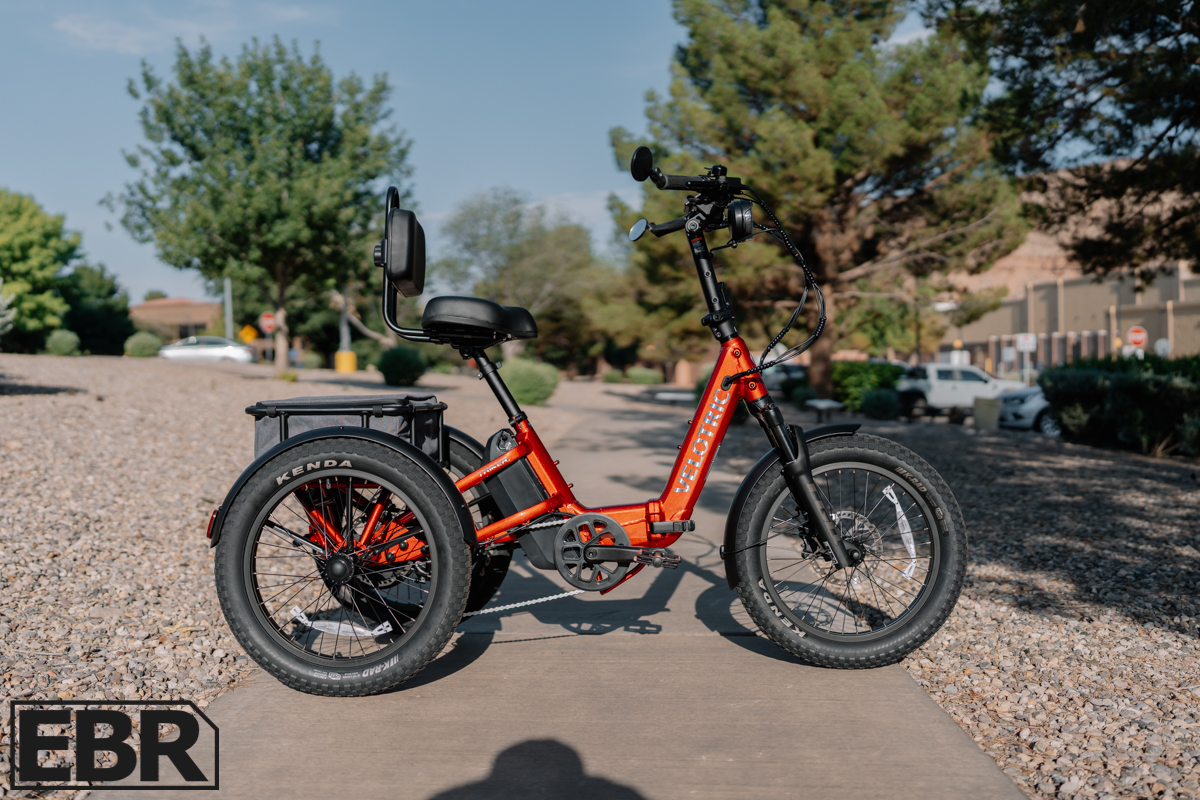
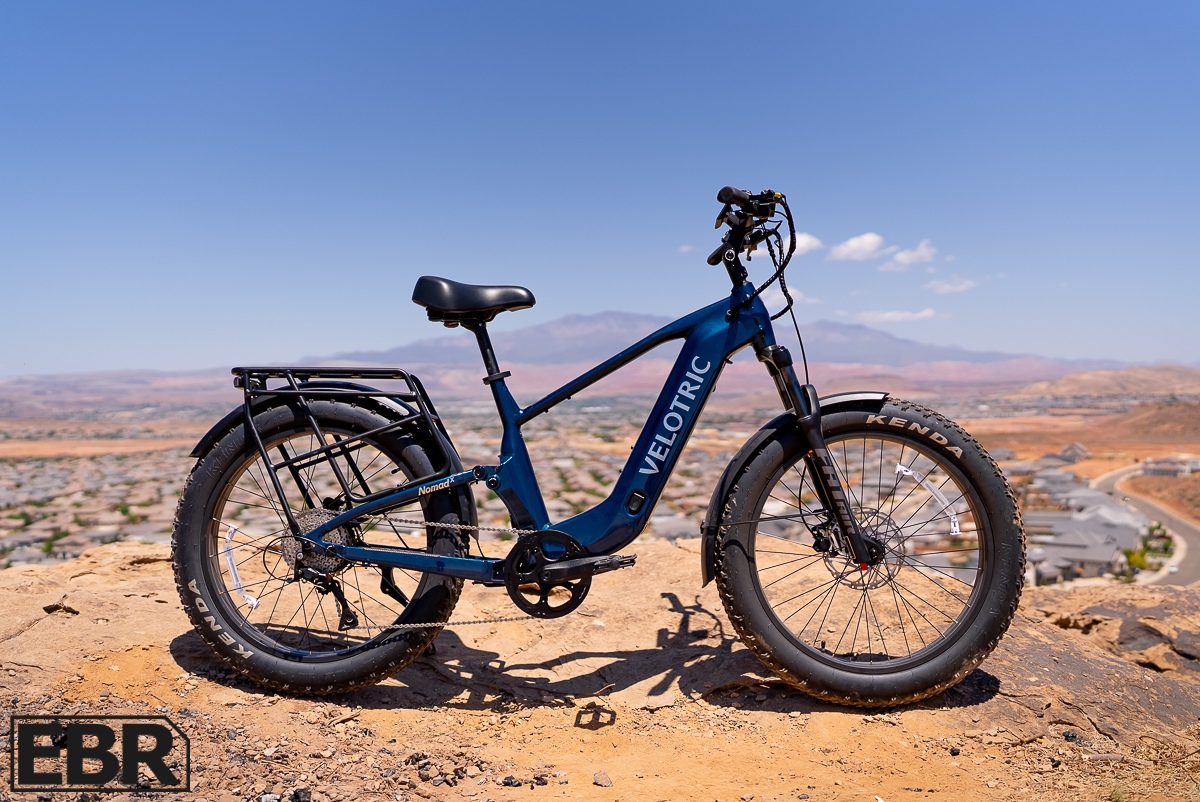
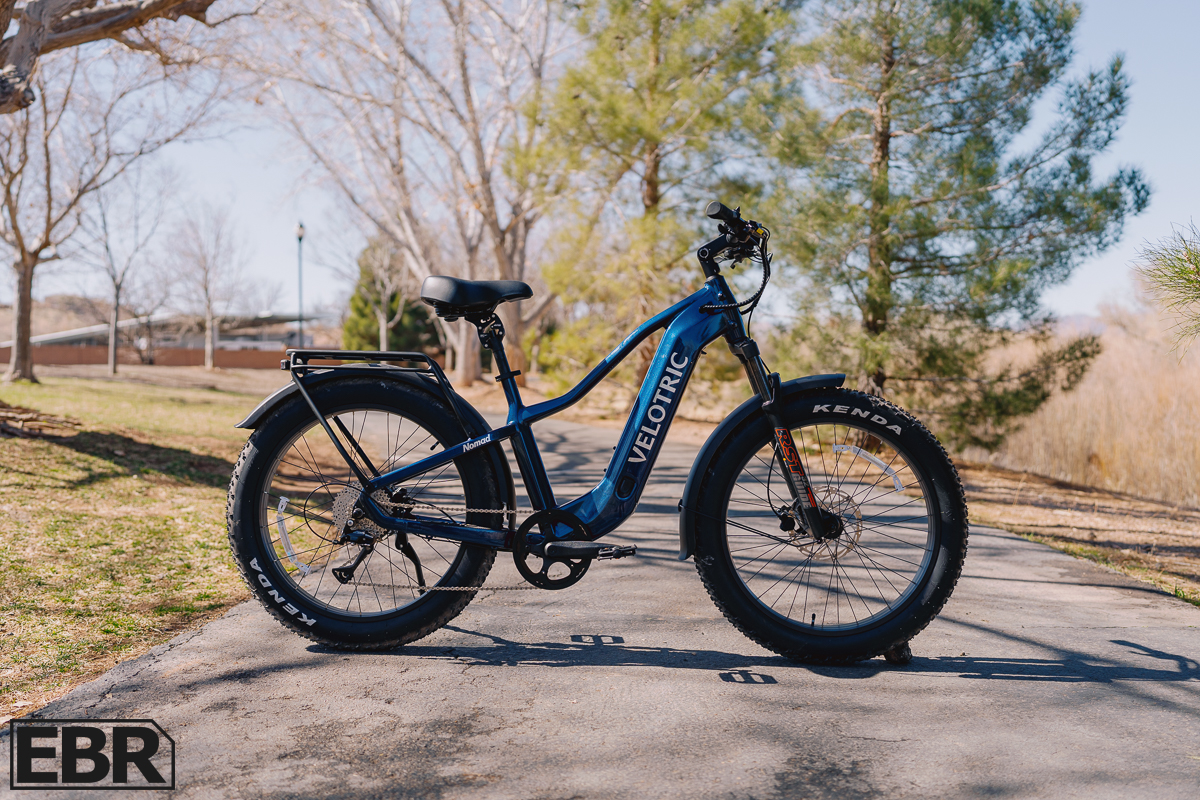
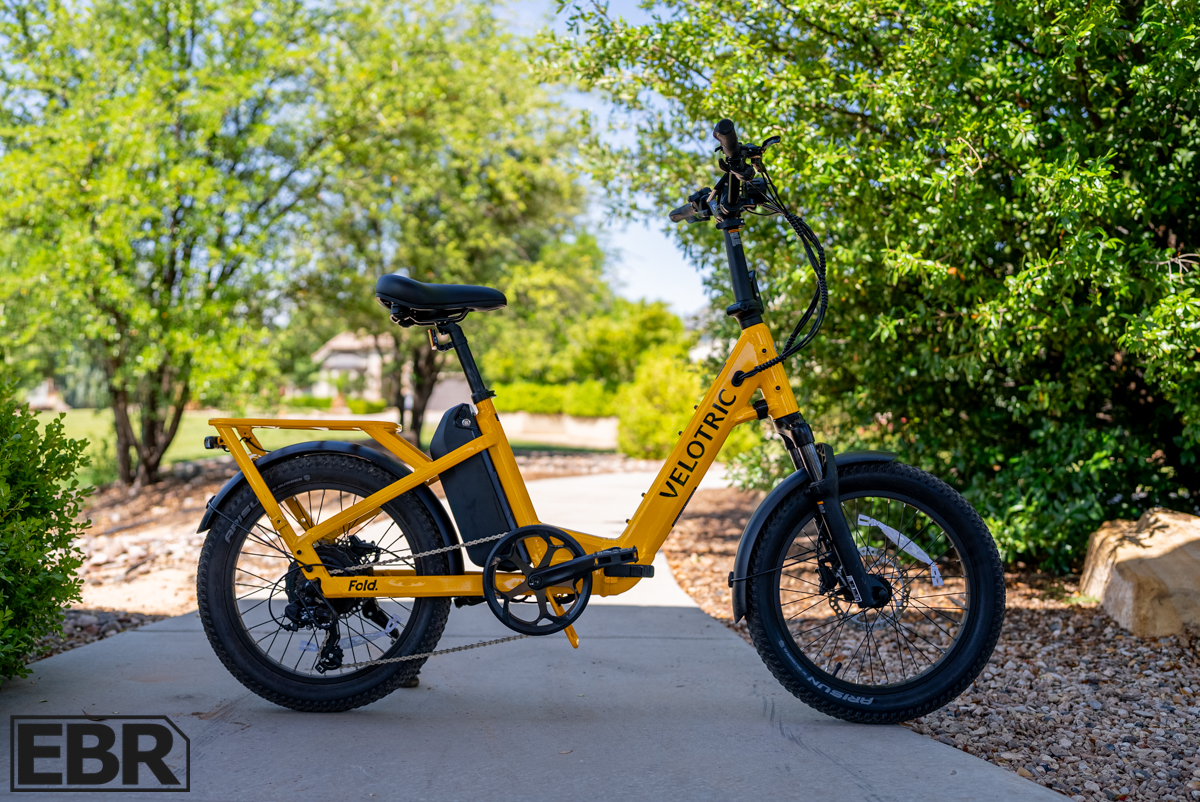
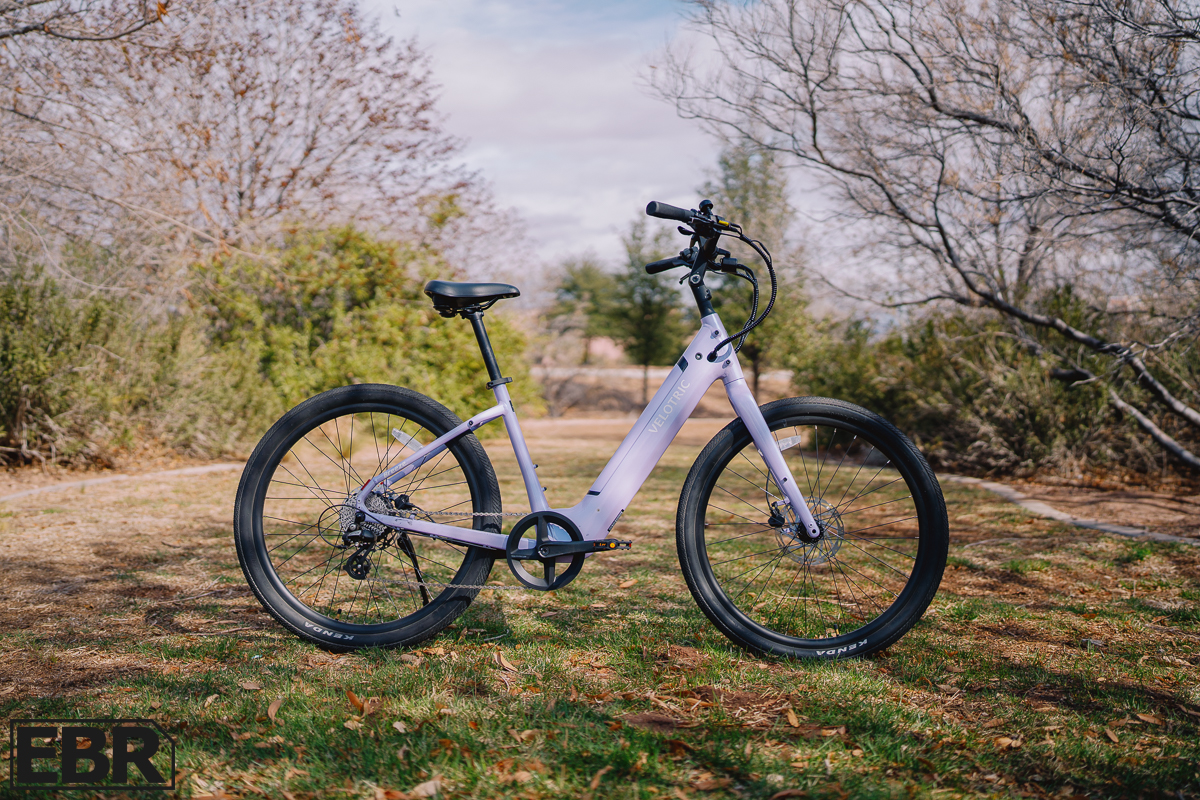
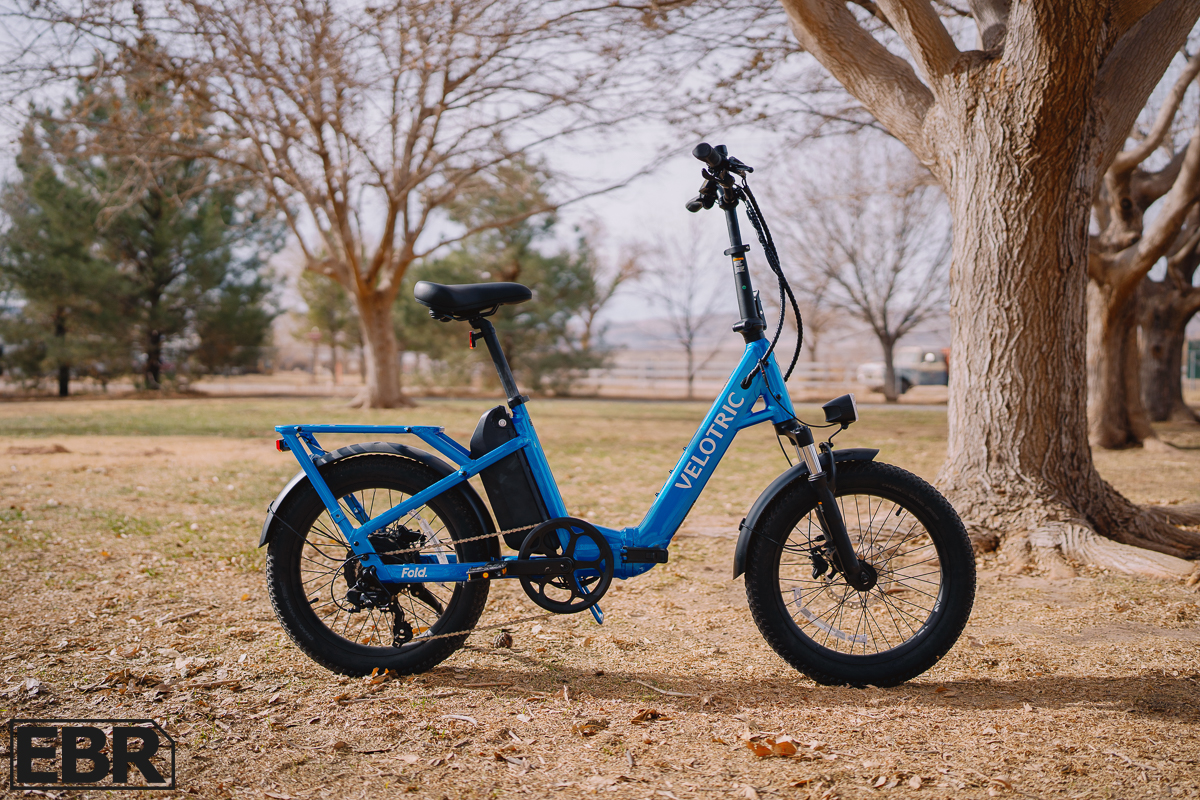
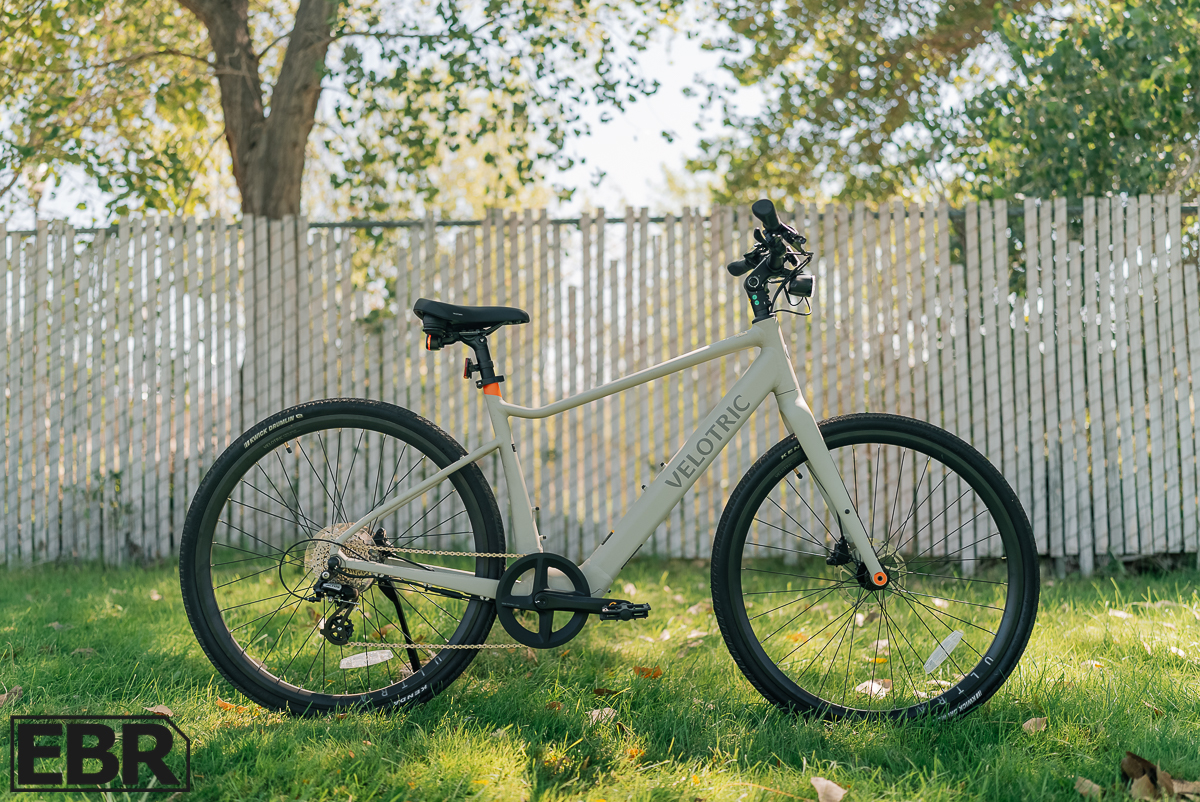
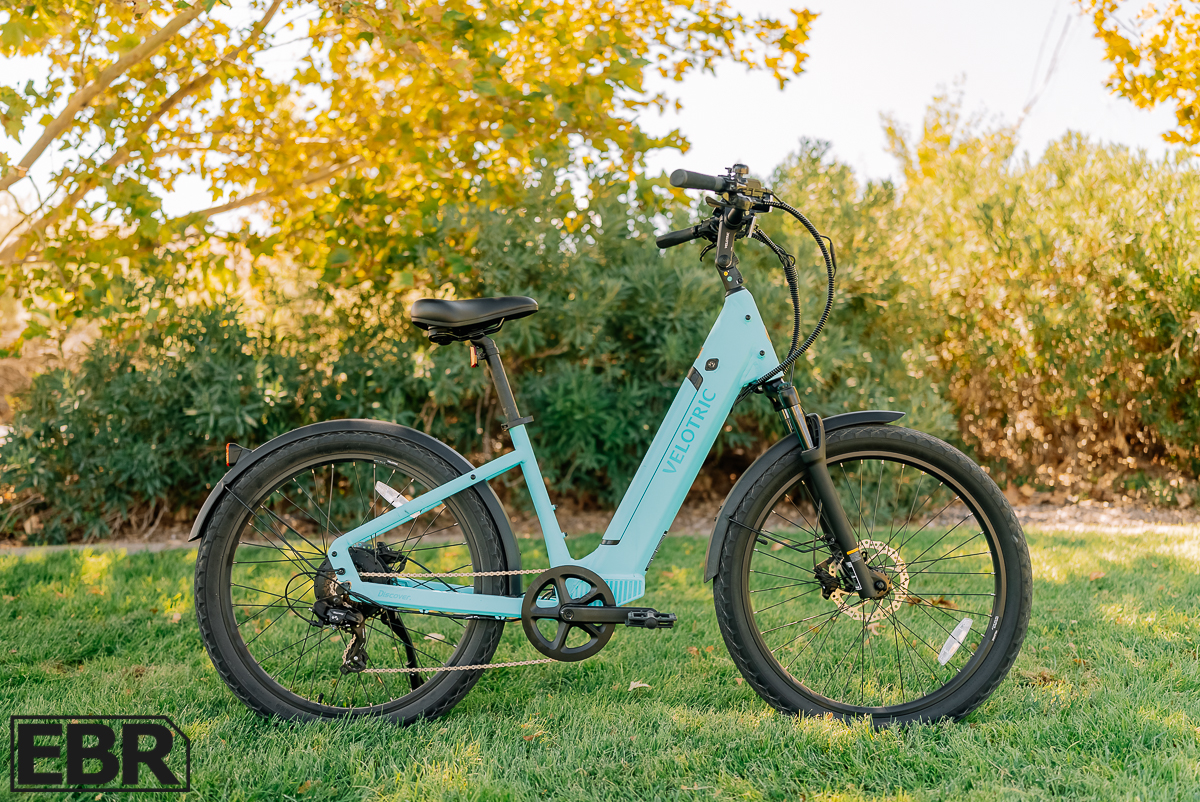
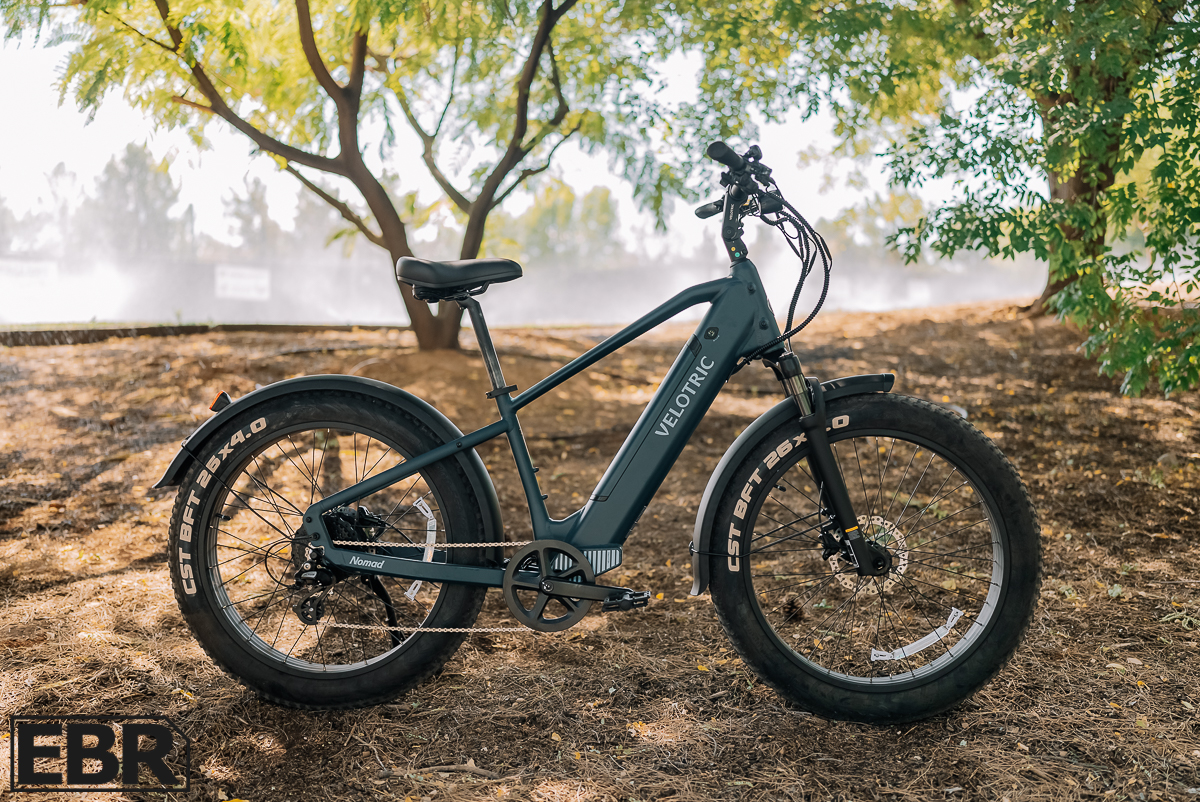
Reader Interactions